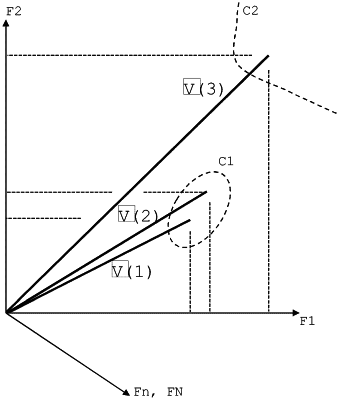| CPC G06N 5/02 (2013.01) [G05B 19/4155 (2013.01); G05B 23/0205 (2013.01); G05B 23/0254 (2013.01); G06N 5/04 (2013.01); G06N 7/01 (2023.01); G06N 20/00 (2019.01); G05B 2219/33139 (2013.01)] | 20 Claims |

|
1. A computer-implemented method for generating a prediction model, the model being for use in processing machine event data generated by one or more of a plurality of industrial machines sharing common properties, the method comprising:
receiving an event log comprising a plurality of codes representing events that occurred during operation of at least one industrial machine of the plurality of industrial machines during an observation time interval, the event representations comprising respective time stamps and event codes;
extracting event features from the event codes and structuring the event features into feature vectors, wherein a first dimension of a first feature vector of the feature vectors corresponds to a first event feature of the extracted event features, and a second dimension of the first feature vector corresponds to a second event feature of the extracted event features; and
generating the prediction model by clustering the feature vectors into a plurality of vector clusters, the vector clusters being assigned to respective machine states,
wherein the prediction model is configured to receive, as an input, one or more of the event codes and to provide, as an output, one or more probabilities of the at least one industrial machine transitioning between a first of the machine states to a second of the machine states.
|